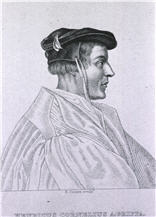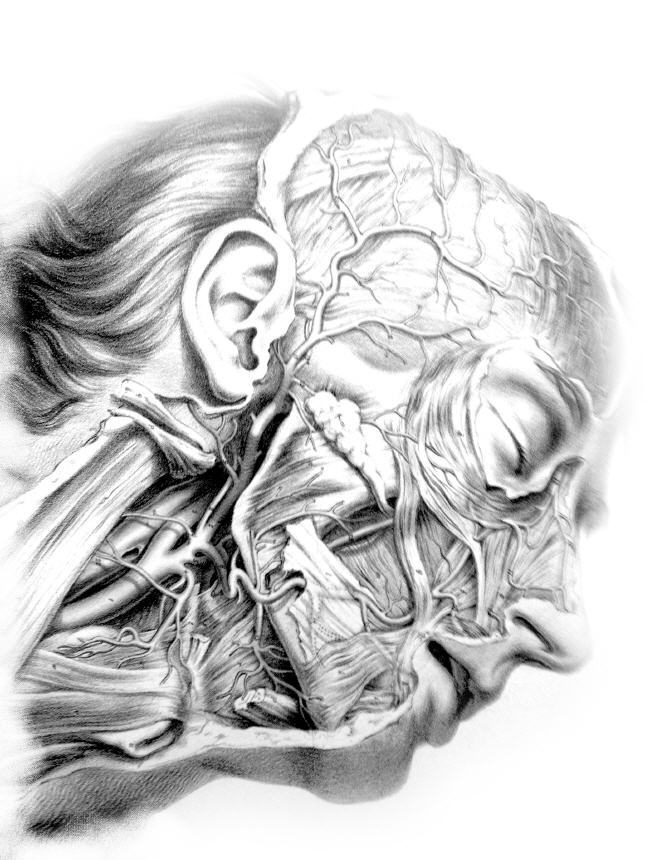ExhibitionIntroduction
On a dark and stormy night in 1816, Mary Shelley began writing a story that posed profound questions about individual and societal responsibility for other people.
To make her point, the young novelist used the scientific advances of her era and the controversy surrounding them as a metaphor for issues of unchecked power and self-serving ambition, and their effect on the human community.
Since that time, Frankenstein; or, The Modern Prometheus has become one of the Western world’s most enduring myths. The story provides a framework for discussions of medical advances, which challenge our traditional understanding of what it means to be human.




